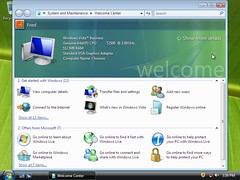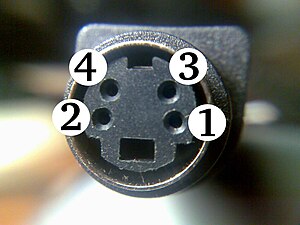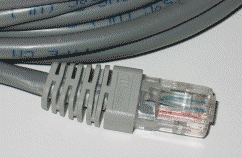Laptops have two different types of
power sources: batteries or adapted power from an AC or DC source. Laptop internal components use DC power (
direct current), so AC power(
alternating current) needs to be converted to DC. Most laptops use an AC adapter, a "
brick" with two cords on either side, one side plugging into the notebook and the other into an AC outlet. A DC adapter is often used in a car to plug into a power source to convert the AC output into the DC voltage required by your laptop. The exception is the laptop backlights. Most use a high-voltage, low-amp AC power. An inverter is used to convert the laptop DC power to AC for the backlights.
Lithium-Ion batteries are the preferred
rechargeable battery used for laptops. The reason for this is the
Li-Ion’s
energy density.
After having to replace my daughter’s laptop battery at a cost of $100, I began to leave my laptop plugged into the power adapter at all times if anywhere near a power source, believing that the more I kept a charge on my laptop, the longer the battery would last. I also began to admonish my daughter and husband for leaving their laptops unplugged most of the time, not that it changed their behavior. In their eyes, I was just being my usual nag self.
Low and behold, I found out during my
CompTIA A+ Essentials computer training, that I was actually shortening the life of my laptop battery by keeping it charged round the clock. The Lithium-Ion battery needs to have something called
battery calibration. Battery calibration can be performed with the laptop battery left installed in the laptop. When the battery charge readout reaches empty, the computer is forced into sleep mode. At this point, reconnect the adapter and fully charge the computer. This can be done about once a month to recalibrate. Other than this, it is best if the battery is partially discharged on a regular basis and then recharged, kind of like what you do with your
cell phone, a discharge down to about 40% is good. On the other hand, if the battery is fully discharged too often, the safety circuitry built into the battery can cause the battery not to recharge.
In summary, don’t take any special care to keep the battery charged up. Partial discharges are best. The batteries will last 2-3 years, 500 charge cycles. Don’t do what I did and leave the battery charged at maximum charge 24/7. The battery will last half as long due to the excessive heat. Don’t leave your laptop in a hot car or sitting in a sunny area, cool temps are always better.
http://www.apple.com/batteries
 Image via Wikipedia
Image via Wikipedia




















